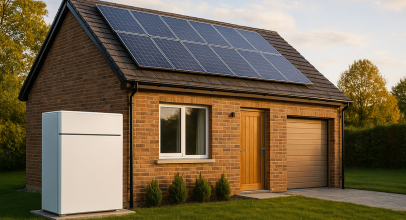
Currently, there is no established definition for the term "alternative energy." Some consider it to be sources that do not harm the environment. However, despite the opinions of some experts, hydroelectric power plants, nuclear facilities, and even "clean coal" can also fall into this category. This is because they produce minimal CO2 emissions and leave a relatively small footprint. Yet, there is a concern not only about carbon dioxide but also about other oxides (CO, SO2, NO, and others), making it a complex issue.
On a more specific note, this concept is regarded as non-traditional sources of energy. It includes solar power, wind energy, geothermal energy, and biomass.
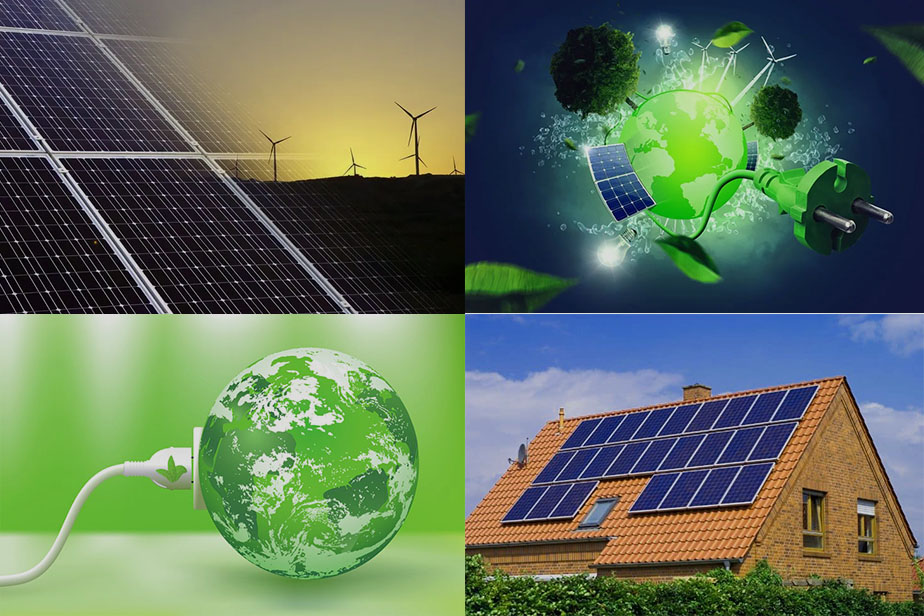
The traditional sources include fossil fuels (gas, oil, coal), while the alternative category encompasses renewable resources (solar, water, wind). The key distinction lies in their renewability in nature. Traditional sources are exhaustible, meaning that eventually, these resources will become depleted, whereas alternative sources are infinite.
Another important aspect to consider is the safety for humanity, wildlife, and the environment. With each passing year, the demand for electricity increases, leading to higher levels of pollution in water bodies, air, and the formation of new ozone holes. This is primarily attributed to thermal power plants, which account for 50% of the world's electricity generation. They heavily pollute water bodies used for cooling and produce toxic and radioactive waste. Consequently, this leads to increased illnesses and the emergence of new, unknown infections, the extinction of rare animal species, and the occurrence of natural disasters.
This is precisely why renewable energy sources have gained such popularity. As of 2023, 7.3% of electricity in Ukraine is produced using alternative sources.
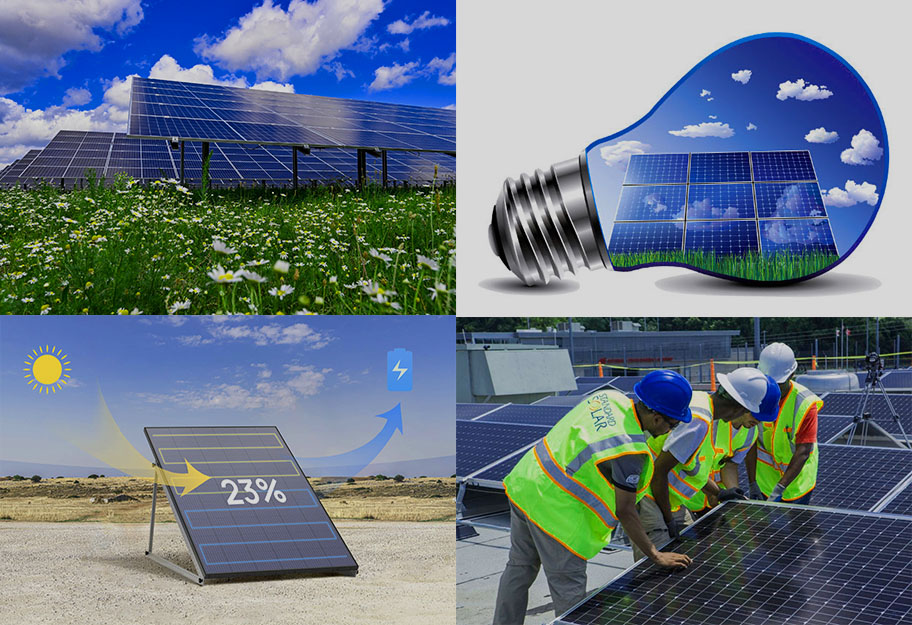
Interesting fact: The energy from the Sun could be sufficient to provide uninterrupted electricity to the entire planet.
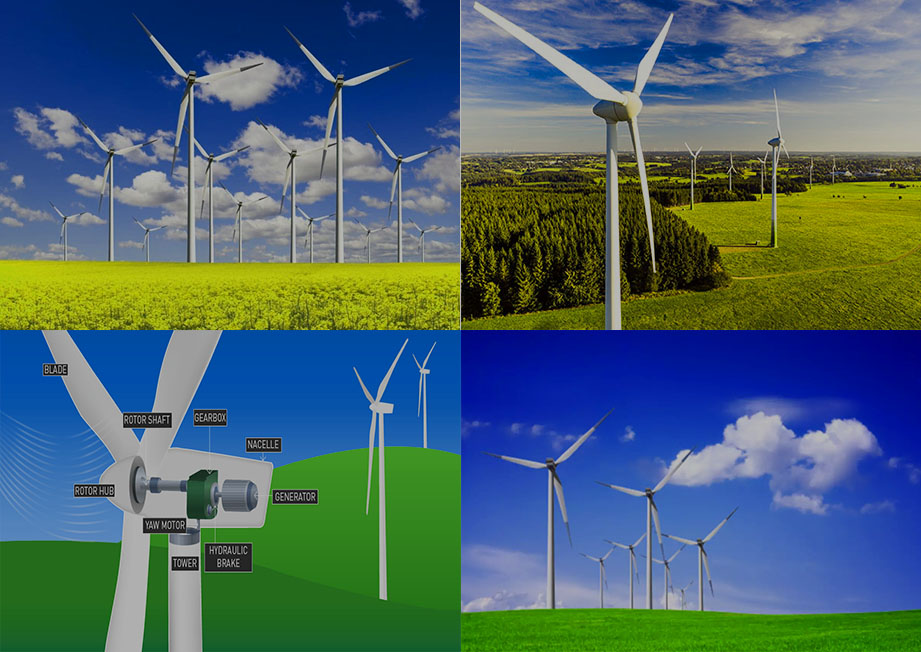
Interesting fact: A single wind turbine, with proper placement and installation, can power around 1400 homes.
Interesting fact: Water was one of the first sources of electricity generation.
These various forms of alternative energy play a crucial role in the transition to a more sustainable and environmentally friendly energy landscape. As technology continues to advance, these sources are expected to become even more prominent in meeting our energy needs.
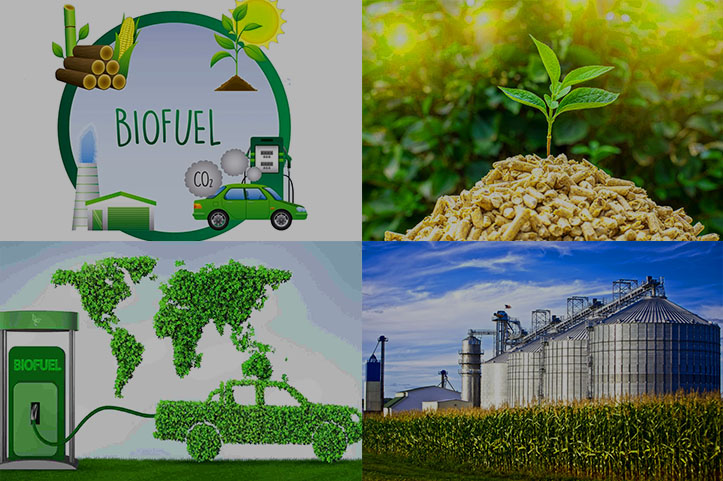
Solar stations still remain leaders among alternative energy sources for homes. This is because the technologies are rapidly evolving, making this type of energy more accessible. Moreover, in 2020, there was a breakthrough in autonomous solar energy.
The most common obstacle to achieving energy independence through solar power is the problem of storing the generated electricity. Gel, multi-gel, or carbon batteries typically last only 1 to 3 years, necessitating replacement. This can be quite costly, so it's simpler and more economical to use the grid. However, Pylon Technologies has proven that battery storage can have a longer lifespan. The manufacturer offers an official warranty of 10+ years. This means that by seeking the assistance of qualified specialists, selecting quality equipment, one can enjoy uninterrupted power and avoid exorbitant bills.
It's worth noting that this is an excellent alternative not only for small households. Industrial enterprises have started to increase the profitability of their products by implementing autonomous solar power systems. Modern autonomous systems allow fixing the tariff for large-scale facilities at 50 kopecks per 1 kWh.
Solar hot water systems are typically installed in locations with high demand for hot water. They are one of the most common forms of alternative heating. The textile and food industries are among the sectors where a significant number of processes requiring water at temperatures between 30-90°C take place. Additionally, these systems are highly popular in resorts, hotels, and guesthouses.
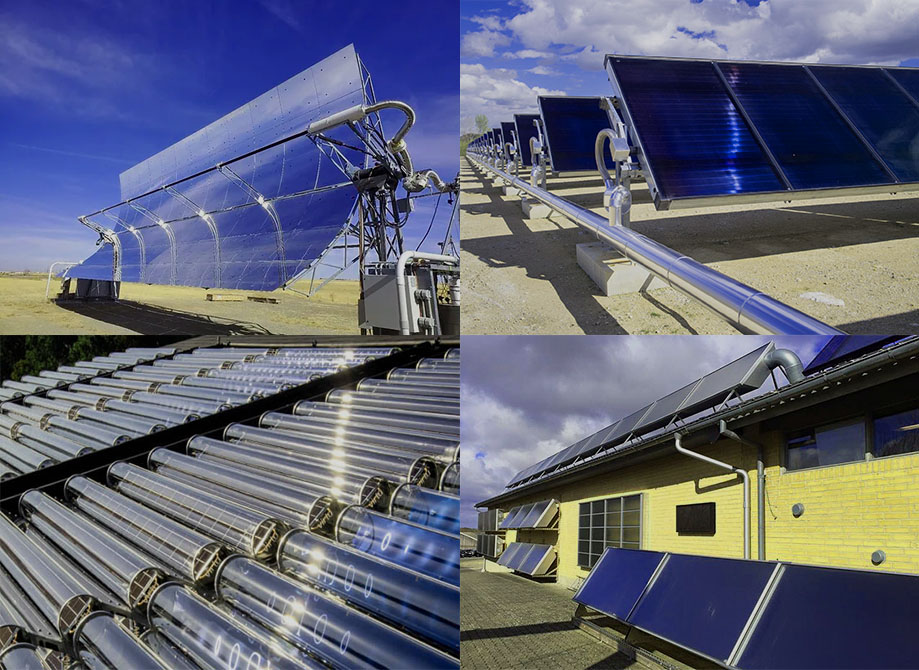
However, they have also gained widespread adoption among owners of both private houses and apartments. Thanks to solar collector systems, it's possible to save up to 50% on gas or electricity consumption per year. Moreover, they are the most affordable option among all types of alternative energy sources. A basic 100-liter system will cost the owner around $1000.
A wind turbine for your home is a great solution in two cases: if you don't have access to the electric grid at all or if you experience frequent power outages. When you have a reliable electricity supply, investing in a wind turbine might not be cost-effective.
If you plan to install a wind turbine, there are several factors to consider. Firstly, the average annual wind speed should be more than 4-4.5 m/s (14.4-16.2 km/h). Such conditions are typically found in hilly areas, steppe zones, or coastal regions. However, it's essential to ensure that there are no tall trees or buildings nearby that could cause wind shadow. Otherwise, you'll need to elevate the structure to a greater height, which means additional expenses.
The next step is to consult local authorities to clarify all permits and requirements. Your installation must not obstruct small aviation, telecommunication, or radio communication. The noise level should also be within acceptable limits, and you need to seek permission from your neighbors before proceeding.
Once you've overcome all these hurdles, you can proceed with the purchase and installation. However, it's essential to remember that a wind turbine is a mechanical system that requires maintenance. If you're looking for a set-it-and-forget-it solution for several years, then you might want to consider other forms of alternative energy.
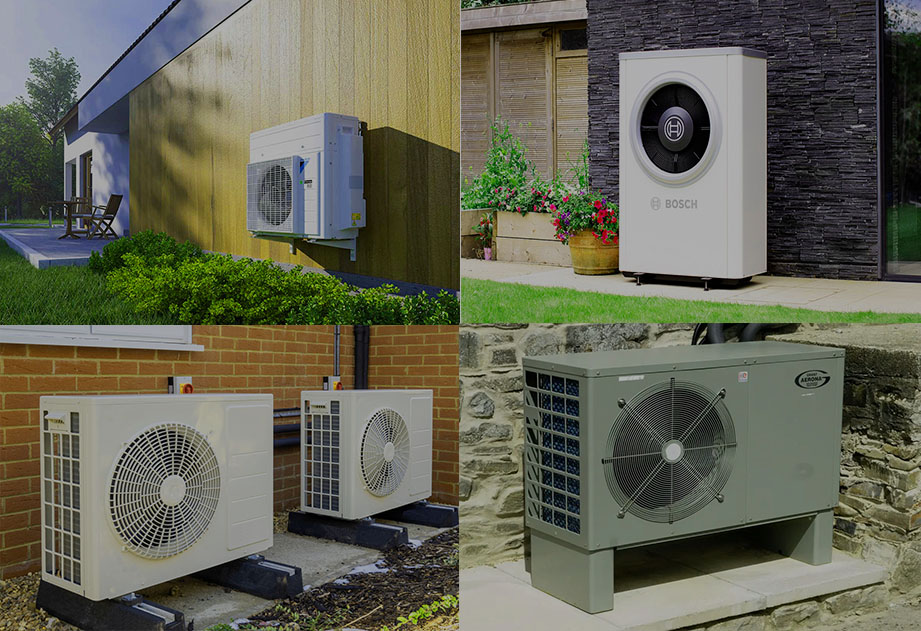
A heat pump allows significant savings on home heating expenses, enabling you to save more than 50% on your heating costs. It provides independence from fluctuating fuel prices since it operates efficiently even at temperatures as low as -7°C without the need for backup heating sources.
There are four types of energy sources for heat pumps:
Ground-water: This is the most popular type, as it harnesses the heat from the ground to warm water for heating or domestic hot water supply.
Air-water: Similar to the ground-water system, but it utilizes the thermal energy from the air.
Air-air: In this case, the heat pump directly utilizes the thermal energy from the air for air heating and air conditioning purposes.
Water-water: It uses either groundwater or a water reservoir as the heat source, and the captured heat is directed towards hot water supply and heating.
One of the main advantages of heat pumps is their full automation, eliminating the need for manual switching or adjusting. Both cooling and heating functions operate automatically. The system is individually adjusted, specifically tailored to your premises, ensuring it serves you well for many years. By utilizing renewable resources, you contribute to preserving the environment.
The only consideration is the initial cost, as it requires a significant upfront investment. However, if you have the opportunity to make this investment, it is worthwhile, as the system will quickly pay for itself through long-term savings on energy expenses.
